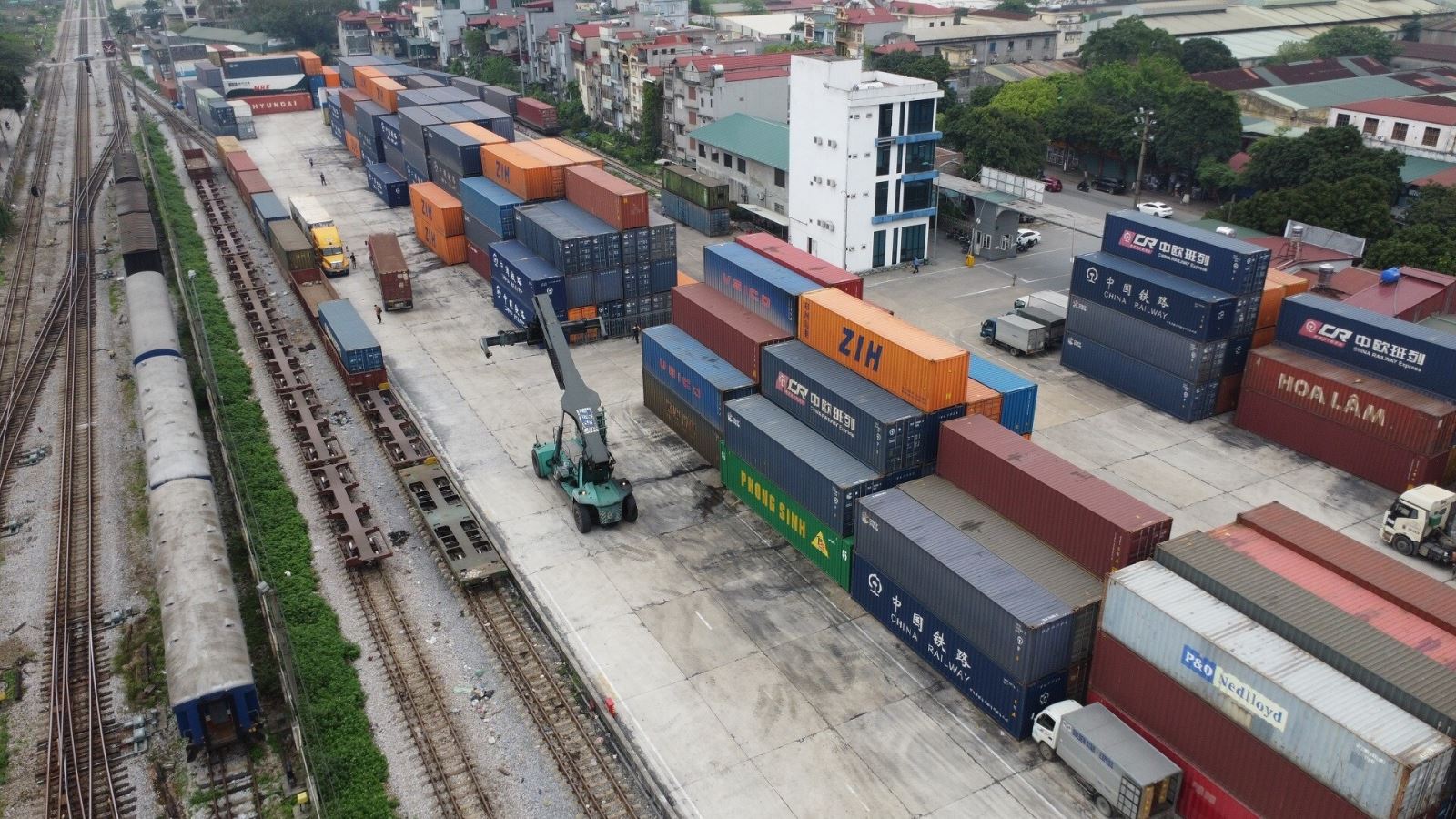
Yen Vien Station Container Depot.
Amending the law to attract infrastructure investment and facilitate transportation
Speaking to Giao thong Newspaper, the leader of the Vietnam Railway Authority said that they are proposing to study and add to the draft Law on Railways (amended) and sub-law documents the regulation that "road routes to railway stations serving only railway transport will be managed and invested by the Ministry of Transport". In case of serving local transport, the Ministry of Transport and the locality will agree to assign one party to manage and invest.
Emphasizing that the road leading to the railway station is an important project, serving both passenger and freight transport by railway and local road traffic, a representative of the Vietnam Railway Authority said: Currently, the road leading to the station is managed by both the locality and the railway infrastructure business enterprise (KCHTĐS).
Of these, 28 road sections entering railway stations with a total length of about 6,300m are being managed by railway infrastructure business enterprises. According to the provisions of the railway law, the road sections entering stations are not railway works and are not national railway infrastructure assets. Therefore, every year, these road sections entering stations are not allocated maintenance management funds. Not to mention the fact that many locations on the road to the station are encroached upon. This situation leads to poor road quality, significantly affecting the travel of passengers and customers, reducing the attractiveness of railway transport.
The routes to the stations invested and managed by the locality are divided into two types. The first type is the roads in the urban area with basically good quality. However, due to the lack of good coordination in determining the scale, investment needs or the requirements to prevent traffic congestion in the locality, on some routes, the local authorities have limited the load of vehicles entering and exiting, and limited the time for vehicles to enter the station during rush hour, causing great difficulties for railway transport activities. Typically, the areas of Da Nang, Giap Bat, Gia Lam, Long Khanh, Bien Hoa, Di An, and Saigon stations.
In contrast, roads outside urban areas are mainly low-grade roads, managed by district and commune people's committees. Due to limited funding, localities only invest to serve the minimum needs of the locality without paying attention to the general transport needs of the railway. In some cases, roads leading to stations are invested with socialized capital. Therefore, funding for maintenance is limited, so the roads are degraded and of poor quality.
Especially at some stations, people and localities prohibit/restrict road vehicles from entering and exiting stations and freight yards serving the loading and unloading of goods transported by rail, such as at Quang Ngai station, La Khe station (Ha Tinh)...
Lack of criteria and standards for international transit declaration
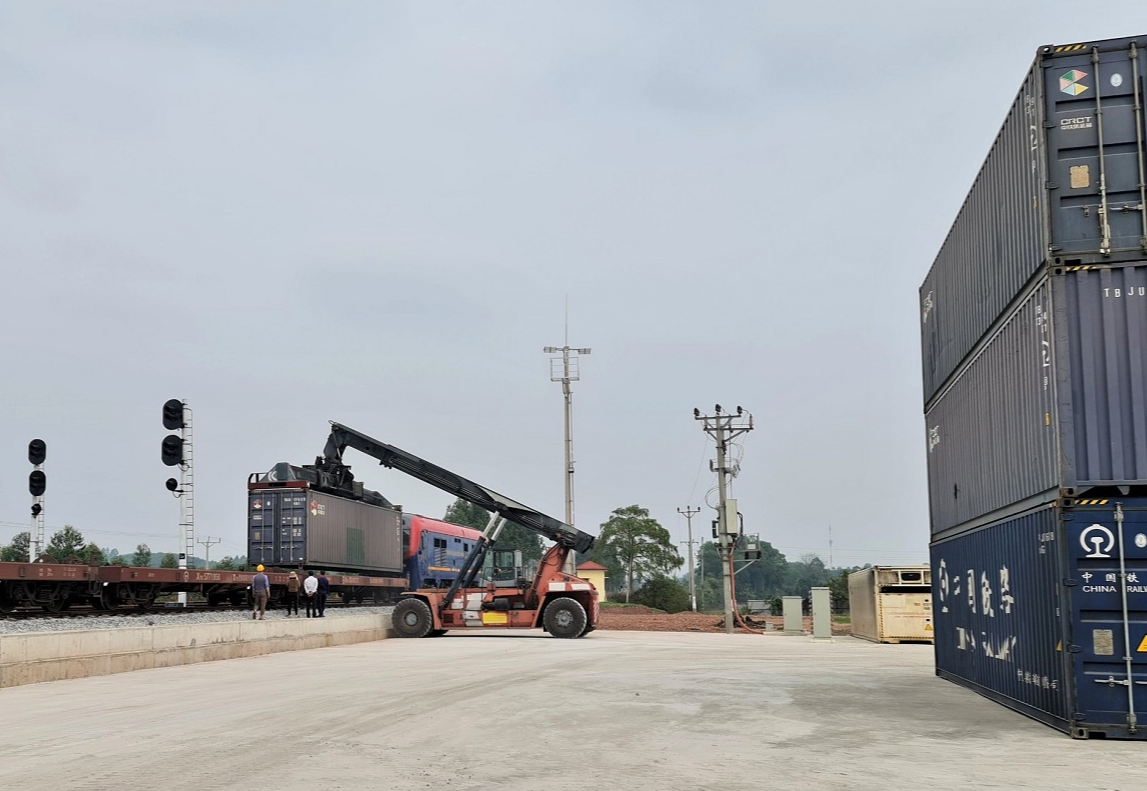
Kep Station is temporarily exploited for international transport activities, arranging customs offices, and carrying out import and export procedures.
Regarding the international transit station situation, the Vietnam Railway Authority said that on the national railway, there are currently 8 international freight transit stations including Lao Cai, Yen Vien, Hai Phong, Hai Phong port, Dong Dang, Giap Bat, Da Nang, Song Than and recently added Kep station which is temporarily allowed to operate international transit operations.
Lao Cai station and Dong Dang station are two border stations, responsible for the transportation of goods and means of import and export by rail between Vietnam and China and vice versa, or exporting goods from Vietnam transiting through China to a third country and vice versa, or from China transiting Vietnam to other countries and vice versa.
Dong Dang, Yen Vien, Lao Cai, Hai Phong and currently Kep stations have customs departments and functional agencies on duty to inspect, declare and carry out procedures related to international railway freight transport. The remaining stations have not yet been deployed.
According to the Vietnam Railway Authority, from the efficiency of international transit cargo exploitation in recent times, it is necessary to adjust and increase the number of international transit stations to reduce cargo loading and unloading procedures, reduce time and logistics costs. However, the 2017 Railway Law and guiding documents do not specifically stipulate criteria and standards for international transit stations; conditions and procedures for applying for permission to open international transit stations.
In addition, according to current regulations, to determine international transit stations, the Ministry of Transport must develop a technical and specialized plan and submit it to the Prime Minister for approval.
From here, this agency proposes to study the classification of railway stations into domestic national railway stations and international intermodal railway stations; Supplementing regulations that newly built stations must follow the planning of national railway stations in urban areas, hub stations, and international intermodal stations; conditions and procedures for granting licenses to open international intermodal stations and the decision to announce international intermodal railway stations with existing railway stations are prescribed by the Minister of Transport.
According to the Vietnam Railway Authority, the issuance of these regulations will bring many benefits. For the state, it will attract investors to invest in commercial projects at railway stations; promoting dual benefits, both having railways and developing urban areas.
"Investors - the state - the people all benefit from the mobilized investment capital. At the same time, it enhances the effectiveness and efficiency of state management; it is an orientation for investors to propose plans to participate in business activities in the railway sector. For businesses, there will be a legal basis to participate in commercial business at railway stations," the Vietnam Railway Authority emphasized.
Source: https://www.baogiaothong.vn/nghien-cuu-bo-sung-nhieu-quy-dinh-moi-tao-suc-bat-cho-duong-sat-192230928145339413.htm


![[Photo] National Assembly Chairman Tran Thanh Man meets with outstanding workers in the oil and gas industry](https://vstatic.vietnam.vn/vietnam/resource/IMAGE/2025/4/17/1d0de4026b75434ab34279624db7ee4a)

![[Photo] Promoting friendship, solidarity and cooperation between the armies and people of the two countries](https://vstatic.vietnam.vn/vietnam/resource/IMAGE/2025/4/17/0c4d087864f14092aed77252590b6bae)
![[Photo] General Secretary To Lam receives French Ambassador to Vietnam Olivier Brochet](https://vstatic.vietnam.vn/vietnam/resource/IMAGE/2025/4/17/49224f0f12e84b66a73b17eb251f7278)
![[Photo] Nhan Dan Newspaper announces the project "Love Vietnam so much"](https://vstatic.vietnam.vn/vietnam/resource/IMAGE/2025/4/17/362f882012d3432783fc92fab1b3e980)
![[Photo] Closing of the 4th Summit of the Partnership for Green Growth and the Global Goals](https://vstatic.vietnam.vn/vietnam/resource/IMAGE/2025/4/17/c0a0df9852c84e58be0a8b939189c85a)
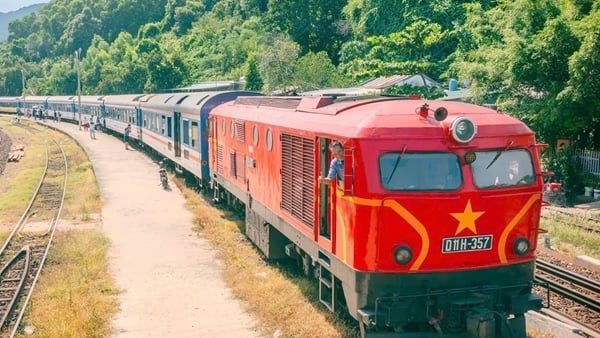
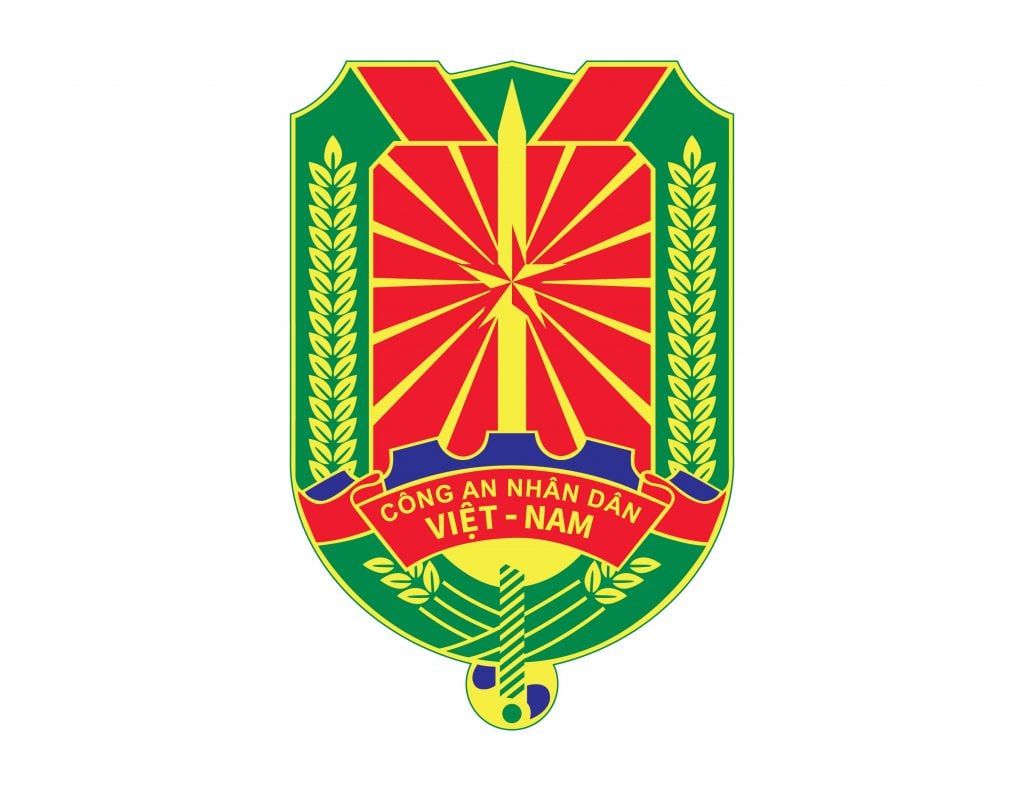





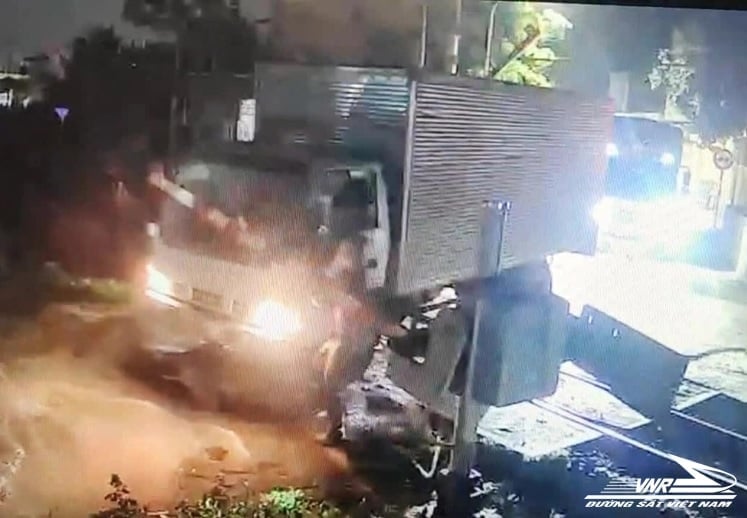



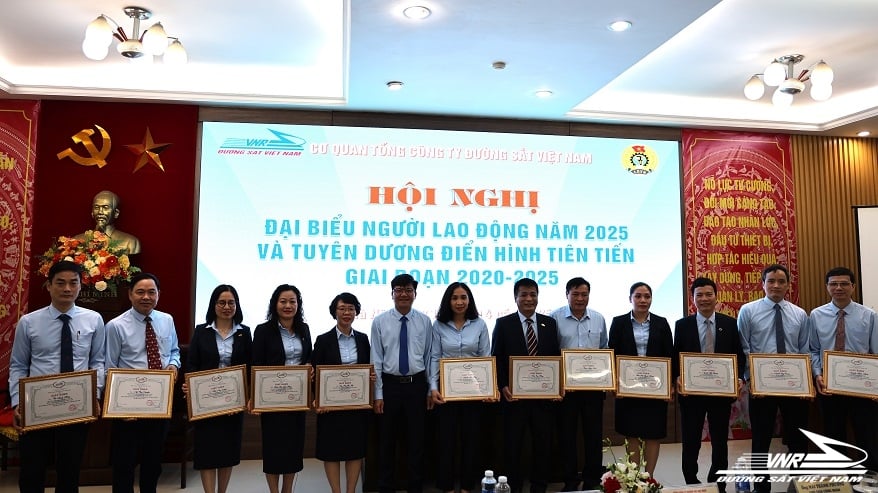



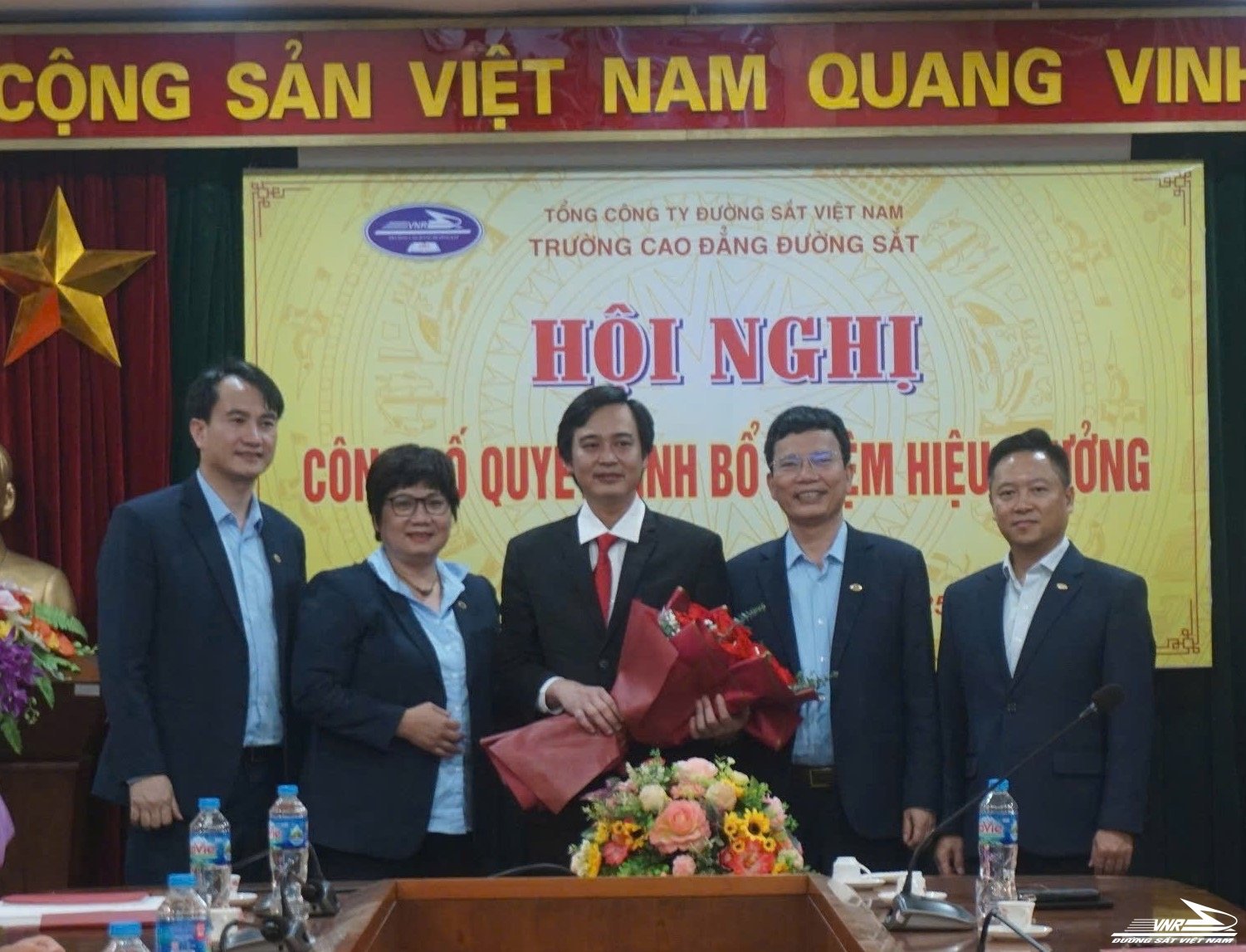




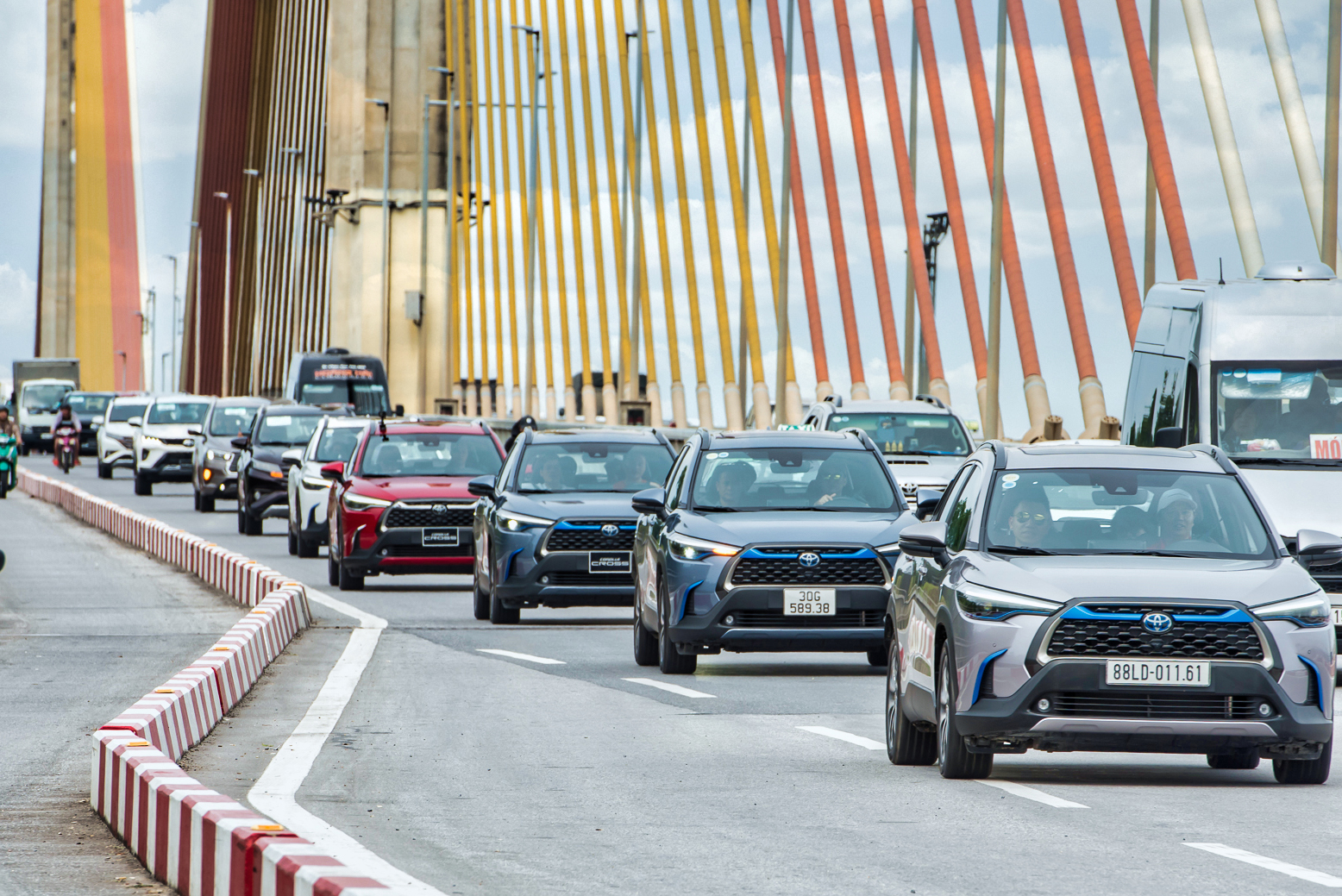





![[Photo] Welcoming ceremony for Chinese Defense Minister and delegation for friendship exchange](https://vstatic.vietnam.vn/vietnam/resource/IMAGE/2025/4/17/fadd533046594e5cacbb28de4c4d5655)



























![[Video] Viettel officially puts into operation the largest submarine optical cable line in Vietnam](https://vstatic.vietnam.vn/vietnam/resource/IMAGE/2025/4/17/f19008c6010c4a538cc422cb791ca0a1)
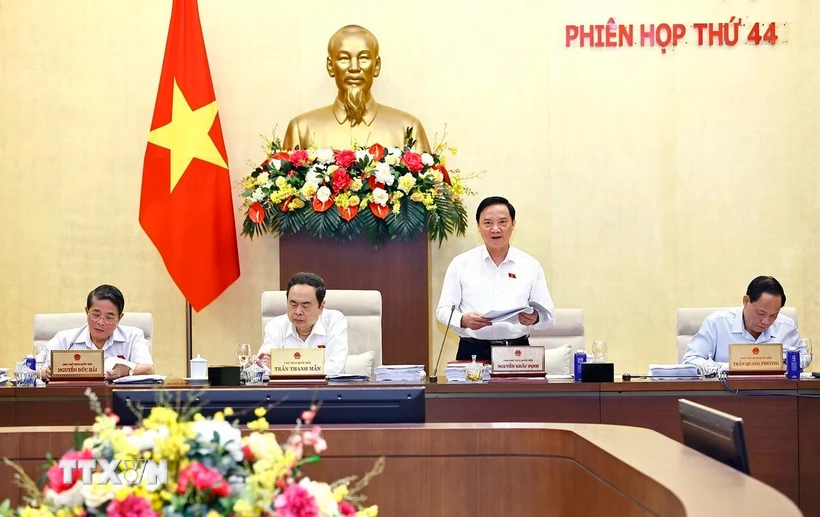
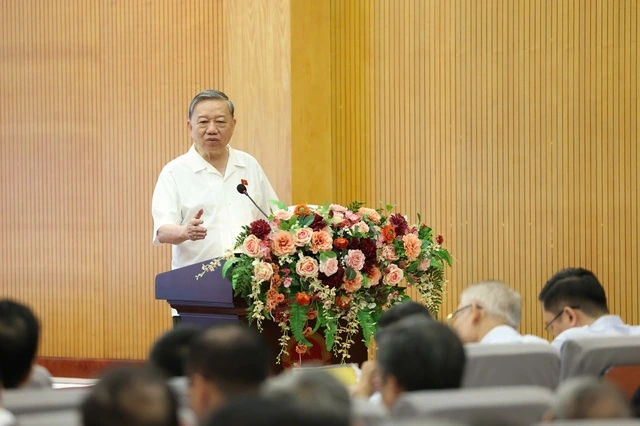





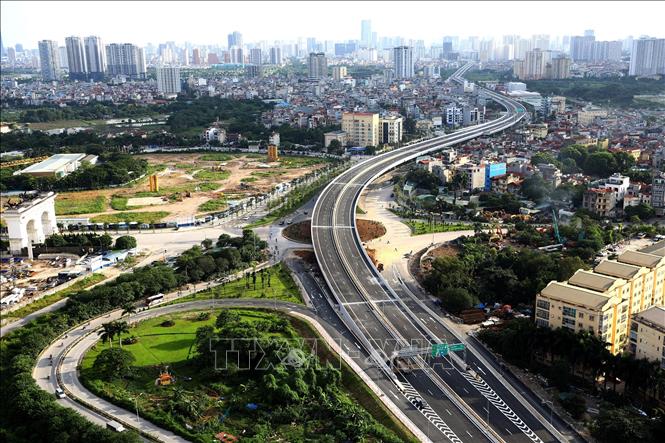



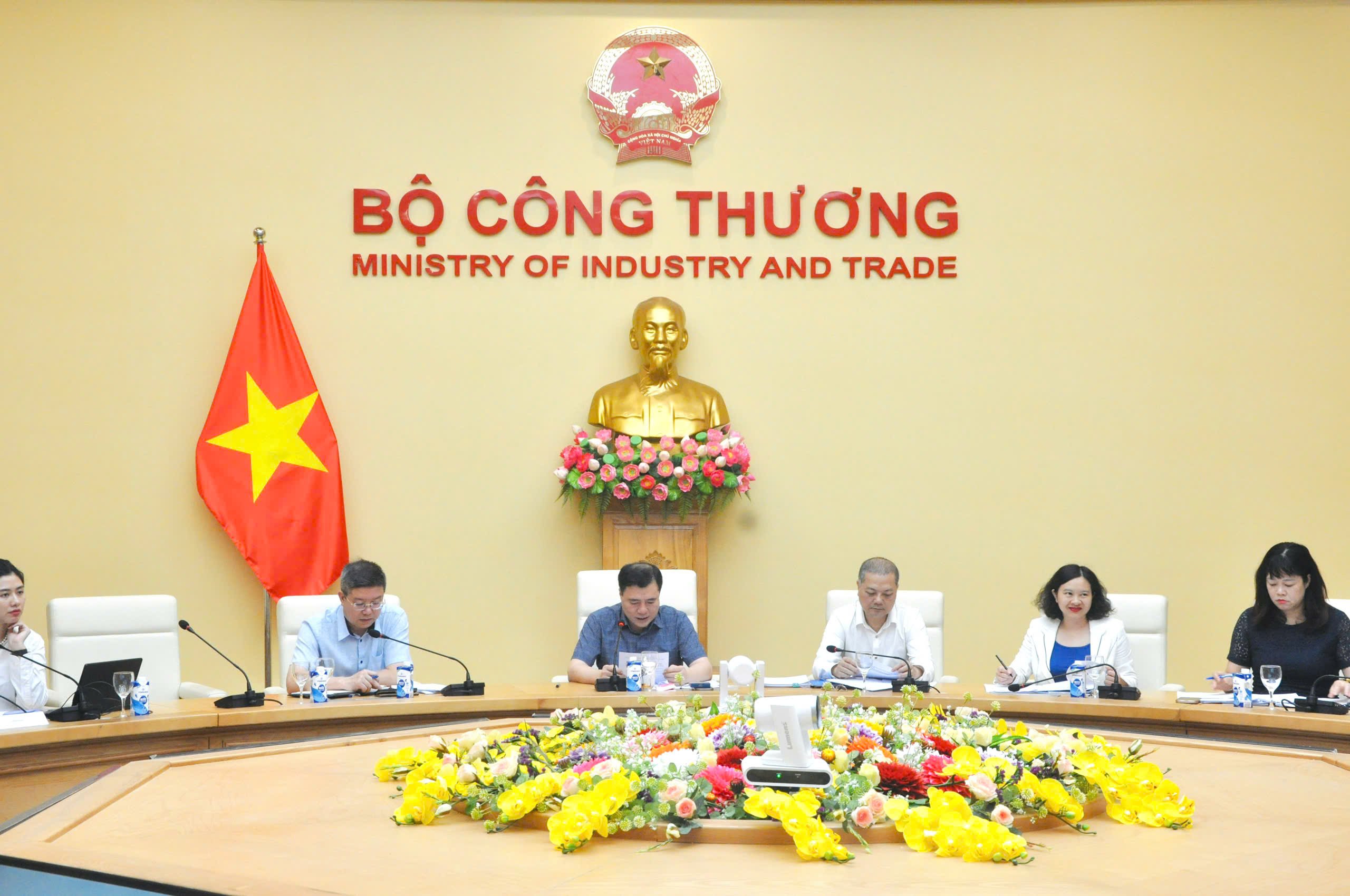

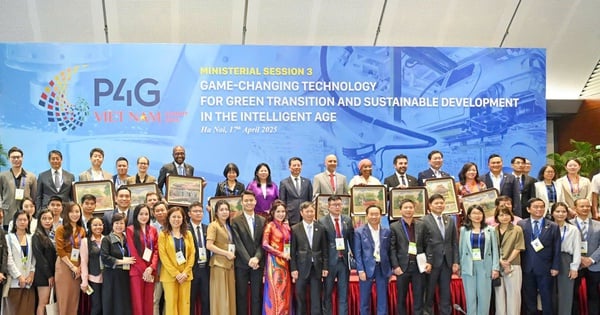

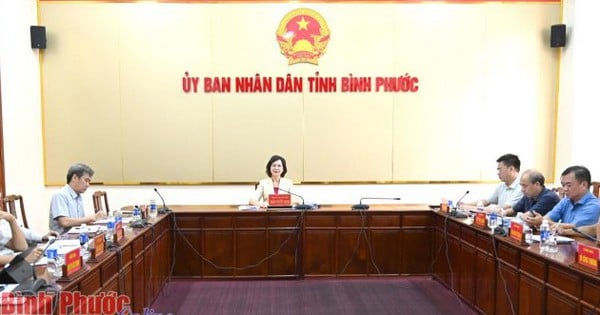

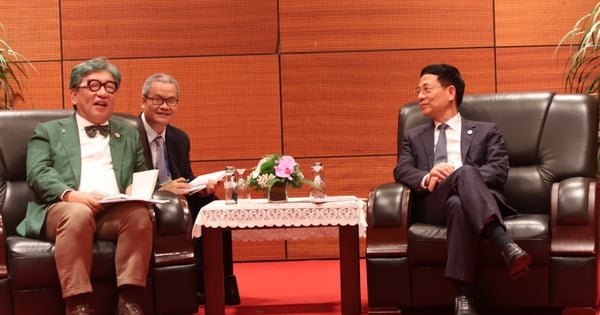
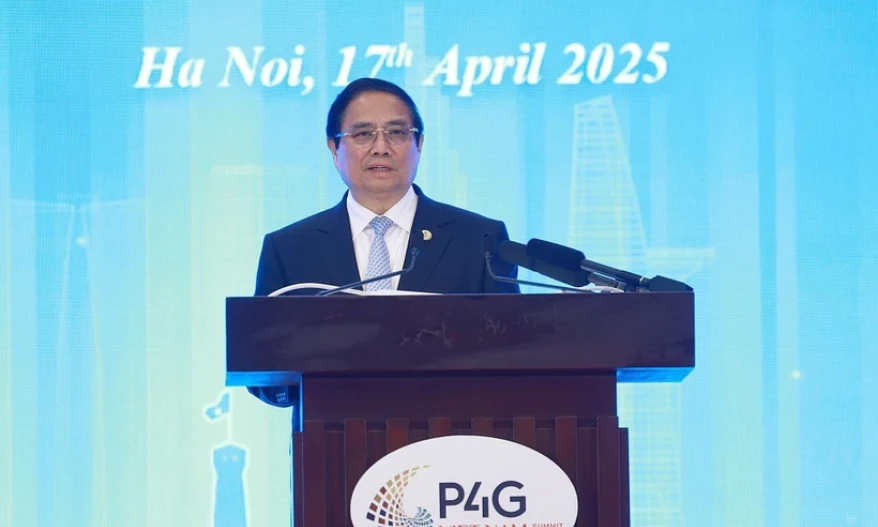



















Comment (0)